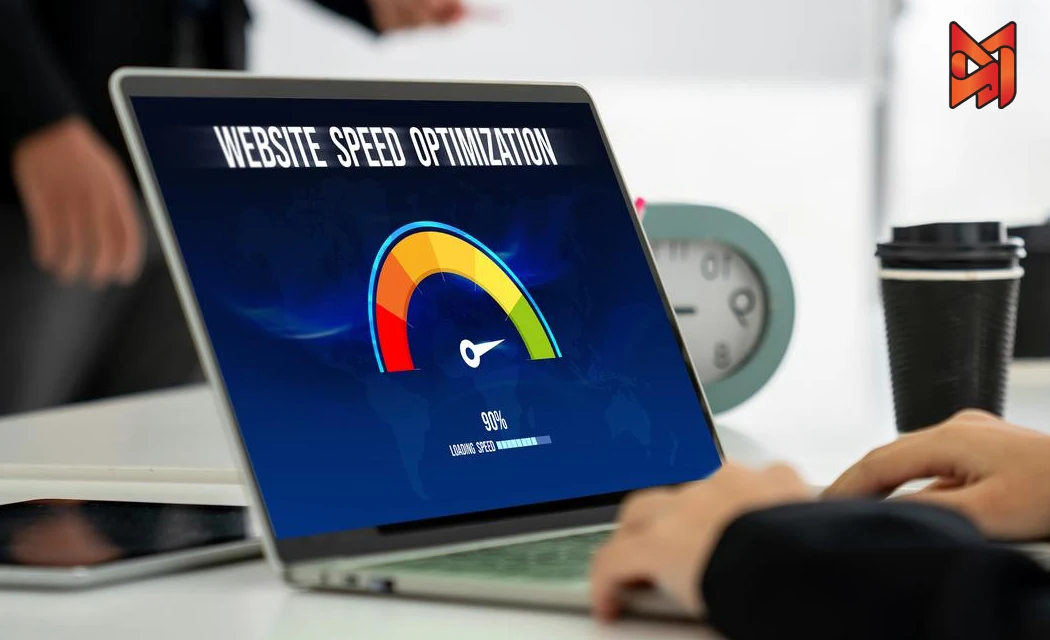On page SEO, sometimes called on-site SEO, is all about tweaking the elements on your web pages to make them more appealing to search engines and visitors alike. When done right, it can lift your site’s ranking on Google and bring in more natural visitors without paid ads. This involves fine-tuning things like the purpose behind your content, creating catchy titles, linking to other pages on your site, and polishing your web addresses.
On Page SEO vs. Off Page SEO
On page SEO covers everything you do directly on your website to improve its standing, like editing text or adjusting links. Off page SEO, on the other hand, focuses on actions outside your site—think building connections with other sites or boosting your presence on social platforms. One significant off-page factor is earning backlinks from reputable sources alongside efforts like public relations or social media buzz. Both are vital for a solid SEO plan, but on page SEO is something you can fully control, making it a great starting point.
If you want to know what is off page seo, read our article on this topic.
Why On-Page SEO Matters?
On-page SEO is a big deal because search engines, especially Google, use keywords and other on-site clues to decide if your page fits what someone’s looking for. When your content is spot-on and useful, Google is more likely to show it to users. The algorithm keeps evolving, but one thing stays constant: putting the user first. Google pushes for “people-first content”—stuff that genuinely helps readers and matches their needs, which is more important now than ever.
DiMarketo offers complete SEO services in Dubai to boost online visibility and drive organic traffic for businesses. Our SEO strategies include in-depth keyword research, on-page and off-page optimization, technical SEO, and content creation to ensure websites rank higher in search engine results. With a data-driven approach, we focus on enhancing website performance, improving user experience, and implementing white-hat SEO techniques for long-term success. Whether it’s local SEO, e-commerce SEO, or enterprise SEO, DiMarketo’s strategies meet the unique needs of each client, helping them stay ahead of competitors in the digital landscape.

9 Smart On Page SEO Tricks for Your Website
Here are some key ways to fine-tune your site for better on page SEO:
- Create original, valuable content
- Position your primary keywords strategically
- Create Title Tags with Keywords
- Write engaging meta descriptions
- Organize Using Headings and Subheadings
- Enhance Your URLs for Clarity
- Strategically Add Internal Links
- Include links to trusted external sites
- Enhance and optimize your images
Let’s explore each one in detail.
1. Create Original, Valuable Content
A cornerstone of on site SEO is creating content that truly helps your readers and matches what they’re searching for. Start by using a keyword research tool to uncover hot topics and key phrases.
Pick high-volume keywords that catch your eye, but also look at keyword difficulty (KD %). A higher KD % means you’ll face stiffer competition, so consider easier long-tail keywords with lower search numbers but less rivalry.
After picking your keywords, write content that’s thorough, useful, and packed with fresh ideas to stand out.
2. Position Your Primary Keywords strategically
Once you’ve chosen your keywords, sprinkle them in key spots:
- Main heading (H1)
- Opening paragraph
- Subheadings (H2, H3, etc.)
Google examines these areas to understand your page’s focus, allowing readers to determine if it meets their needs quickly.
It might also suggest extra keywords to mix in for better reach.
3. Create Title Tags with Keywords
Title tags are little HTML bits that name your page. They appear in search results, browser tabs, and social shares and can influence whether someone clicks on your link.
Here’s what one might look like on a search page:
A title tag on the search results reading “How to Create Ideal Title Tags for SEO”
Follow these tips for great title tags:
- Keep them between 50 and 60 characters to avoid cutoff
- Slip in your main keyword for clarity
- Avoid repeats to give each page its own identity
4. Write Engaging Meta Descriptions
A meta description is a short HTML summary of your page that might appear under your title in search results. It doesn’t directly affect your rank, but it can hook users into clicking.
If your description doesn’t fit the user’s intent or page content, Google might write its own. To increase the odds of yours being used:
- Consider mobile: Limit it to 120 characters
- Add your key phrase to show relevance (Google may bold matching terms)
- Use active voice for punchiness
- Throw in a call to action like “learn more” or “start now”

5. Organize Using Headings and Subheadings
Headings (H1, H2, H3, etc.) allow users to skim your page easily and help Google understand its structure.
Consider a page without headings compared to one with clear sections—well-organized headings make reading effortless. They also provide Google with a roadmap of your content, reinforcing its relevance.
- Use H1 for your main title
- Use H2 for big topics
- Utilize H3 (and later) for more in-depth details
6. Enhance Your URLs for Clarity
Google suggests keeping URLs simple and meaningful, avoiding random numbers or dates. Use words that reflect your page’s topic. Including your main keyword can signal to Google and users what your content is about.
7. Strategically Add Internal Links
Internal links are pointers to other pages on your own site. For example, a link saying “best spots to visit” might lead to another page on your domain.
These links matter because:
- They show search engines how your site is laid out
- They guide crawlers to new pages
- They signal valuable content
- They keep users exploring longer
8. Include Links to Trusted External Sites
External links take users off your site to others, enhancing their experience and building trust. Google likes seeing links to solid, relevant sources.
Follow these guidelines:
- Link only to top-notch, related sites
- Use natural, descriptive text for links
- Don’t overdo it to avoid looking pushy
Use Site Audit to spot problems with external links. Check the “Issues” tab, search “external,” and review any red flags.
9. Enhance and Optimize Images
Adding pictures can land you in Google Images and pull in more visitors. Start with descriptive alt text to describe images for search engines and screen reader users.
Tips for solid alt text:
- Keep it short (under 125 characters)
- Naturally include a keyword
- Skip alt text for decorative images
- Avoid “image of” phrases
Also, use clear file names, shrink file sizes for speed, and enable lazy loading (loading images as users scroll).

Going Deeper: Advanced On Page SEO Tricks
Once you’ve got the basics down, try these advanced moves to level up.
Optimize for Page Speed
Page speed affects your Google rank. Test it with Google’s free Page Speed Insights tool, which gives a score for mobile and desktop and suggests fixes.
It checks Core Web Vitals, key signals for user experience:
- Largest Contentful Paint (LCP): How fast the main content loads
- First Input Delay (FID): Time to respond to the first click
- Cumulative Layout Shift (CLS): How much the page jumps while loading
Enter your URL and hit “Analyze.” You’ll see errors holding you back and “Opportunities” to improve.
For a deeper look, use Site Audit. Under Thematic Reports, find Core Web Vitals for metrics like LCP, TBT (an FID proxy), and CLS, plus fix suggestions.
Core Web Vitals in Site Audit
Run this monthly or set up automated reports in My Reports.
Target Featured Snippets
Featured snippets sit at the top of search results (sometimes called “position zero”), boosting your click-through rate.
A featured snippet for “health benefits of tea”
Common types include:
- Definitions
- Tables
- Lists
- Videos
Check for snippets in Keyword Overview. Enter your keyword, click “Search,” then scroll to SERP Analysis and “View SERP” to confirm. If there’s one, tailor your page with:
- A short, straightforward answer
- Content matching the intent
- Proper formatting (e.g., list or table)
Add Schema Markup
Schema markup (structured data) helps search engines grasp your page better. It can trigger rich snippets in results, showing extras like ratings or dates.
Popular schema types:
- Reviews
- Products
- Events
- Local businesses
Use Site Audit’s Markup report to check schema. It flags issues, and you can validate URLs with Schema.org’s tool.
Final Thoughts
On page SEO is a powerful way to make your website shine in search results while creating a better experience for your visitors. By focusing on the strategies we’ve explored—like creating valuable content, placing keywords thoughtfully, and optimizing your titles, descriptions, and images—you can improve your site’s ranking and draw in more organic traffic.
These steps, combined with advanced tricks like speeding up your site, aiming for featured snippets, and adding schema markup, give you the tools to stand out in a crowded digital space. Start small, experiment with these techniques, and keep your audience’s needs at the core of everything you do. With consistency and a touch of creativity, on page SEO can unlock new opportunities and benefit your website in 2025.





